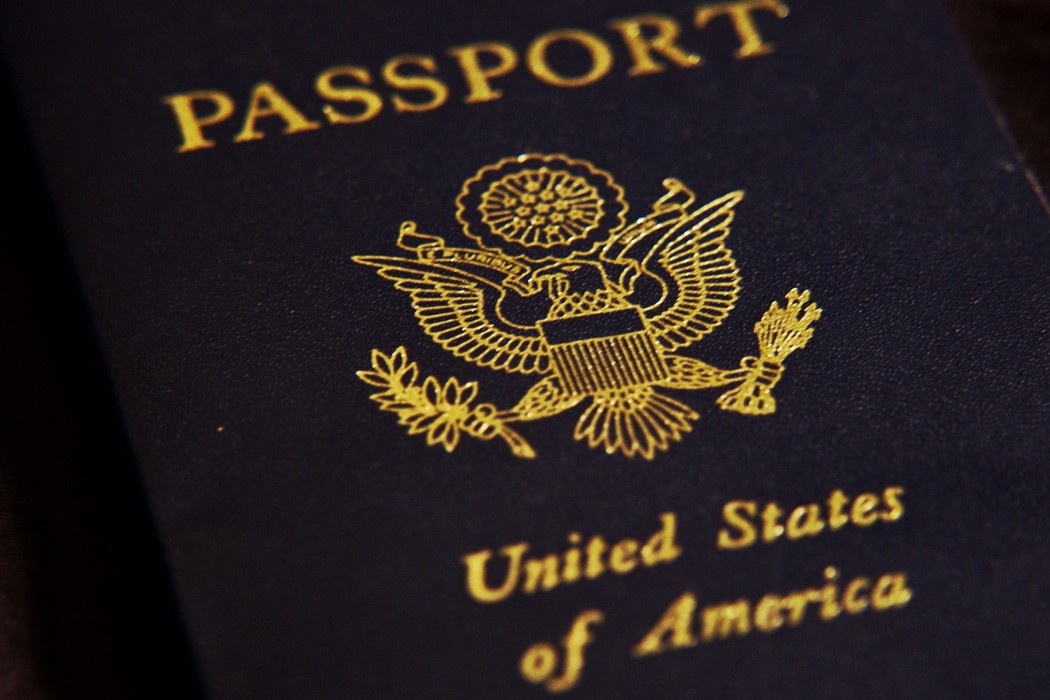For two years, my daily commute included the international border crossing from Ciudád Juarez to El Paso, Texas, and back. I was a U.S. citizen newly married to a Mexican national, too stubborn to hire a lawyer to guide us through the Green Card labyrinth. After all, I reasoned, our case was straightforward. Why should we waste thousands of dollars that we didn’t have to pay an attorney that we shouldn’t need?
I was an ESL teacher in a middle school in El Paso. Although my drive home in the afternoon often took me only 15 or 20 minutes, my morning commute was 50 minutes at a minimum. It’s much quicker and easier to cross from the U.S. into Mexico than the other way around. I should mention that this was in the late 90s, before the specter of 9/11 and the threats of terrorism had clouded the landscape of the border. In those days, INS agents were mostly worried about garden-variety narco-traffickers and undocumented immigrants.
My husband and I lived in a small rented house in Juarez only minutes from the border. We didn’t feel unsafe there, as the violence tended to be bad guys shooting at other bad guys—that and the hundreds of young women from the maquíladoras that had disappeared into the Chihuahuan Desert. We were young. We were invincible. We laughed at the sign over the freeway that announced Ciudád Juarez: la ciudád mas bella de la frontera—”Ciudád Juarez: the most beautiful city on the border.”
Every morning I climbed into my white Geo Spectrum for my trek to el otro lado or “the other side,” as the U.S. is commonly referred to in Mexico. I had purchased the car in cash, saved from my previous teaching job in Culiacán, Sinaloa, to replace the car I had originally brought into Mexico from North Dakota—the car with no A/C.
My 50-minute commute was mostly spent in the snaking lines that crissed and crossed and inched and lurched until they finally reached the Paso del Norte bridge across the Rio Grande River and the international checkpoint. As a driver, I needed to be on high alert at all times; it was like bumper cars with every driver trying to maintain or improve her position in line. Listening to NPR saved my sanity.
Once I reached the border, I began my daily interchange with INS agents about my citizenship, the purpose of my visit to Mexico, my reason for re-entering the U.S. and whether or not I had any items to declare: U.S. citizenship. I live there with my Mexican husband. I’m going to work. Nothing to declare. I generally neglected to mention the apple in my lunch bag.
This commute was stressful. I pretty much hated it. But I had been earning pesos for two years and was tired of it. I was willing to tolerate the inconveniences in order to earn dollars. My husband’s wait for a Green Card was slow and not without mysterious delays. Even as a native speaker of English with a master’s degree in Linguistics, I found the immigration process frustrating and confusing, not to mention expensive, even without hiring a lawyer.
Yet, how privileged I was. How privileged I am, with my U.S. passport and my pale pink skin. No one questioned my story. Not really. They may have been curious. They sometimes asked follow-up questions. But when I think about the countless people, the countless stories that cross that border every day—documented or undocumented—I am humbled. I could pass freely, for no other reason than my good fortune of having been born in one place and not another. I could choose, while so many cannot.
Photo by Kat (CC BY-SA 2.0).





